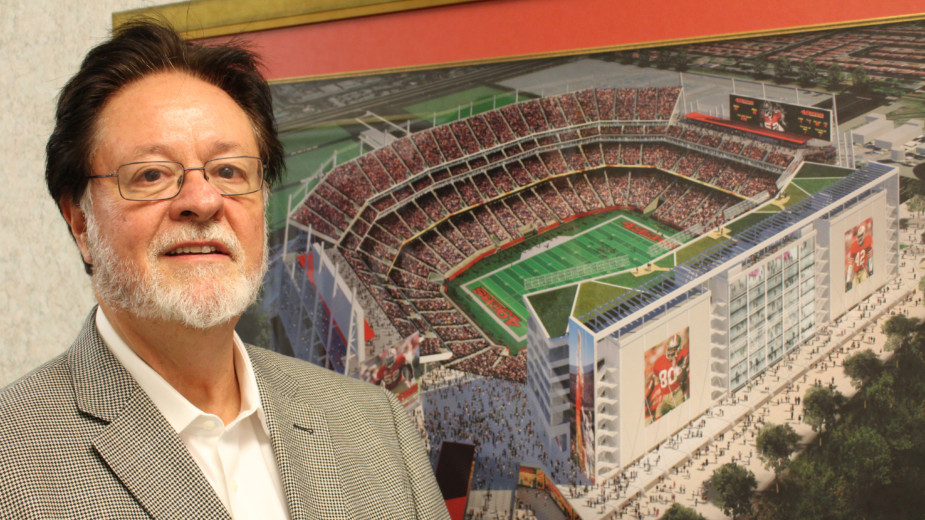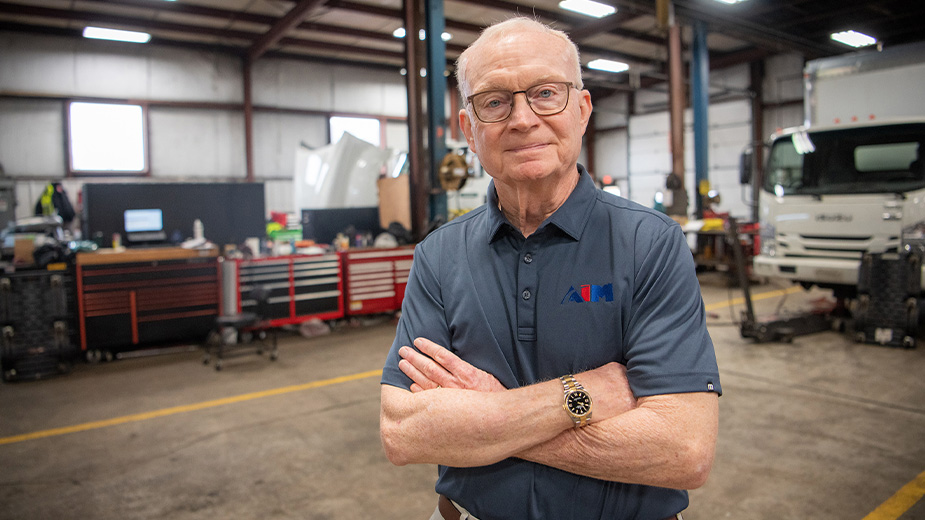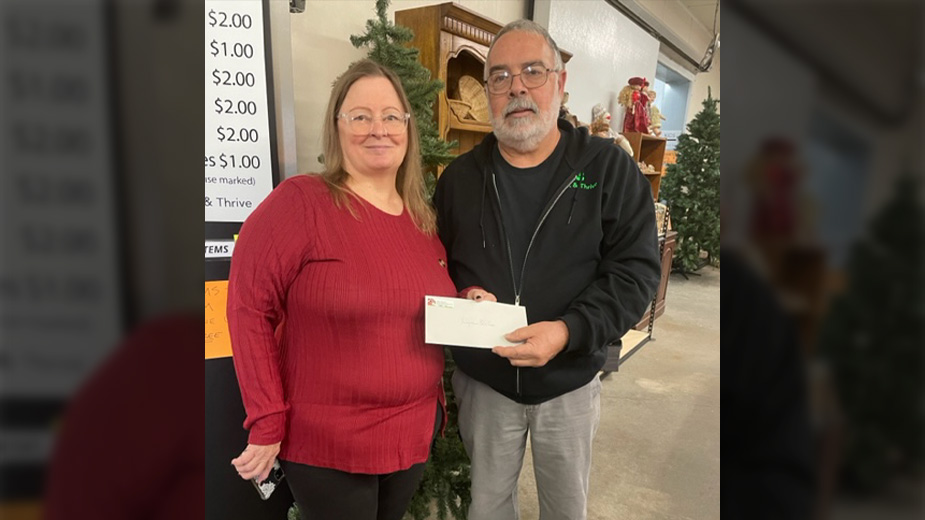ESPN Names 49ers Sports Humanitarian Team of Year
BOARDMAN, Ohio – Sixteen Sundays a year, the San Francisco 49ers take the field, slugging it out at the highest level of professional football in the world. But for the remaining days of the year, the franchise turns its attention elsewhere.
“We want to be the best community citizens that we can be of any sports team in the country,” said Dr. John York, co-chairman of the 49ers in an interview at the headquarters of DeBartolo Corp. in Boardman.
The 49ers Foundation, now in its 26th year, has donated $40 million to nonprofits, committing $4 million in 2016 and supporting 75 community outreach events representing over 1,200 hours of service from 49ers players, alumni, ownership, coaches, executives and staff.
In 2014, the franchise and its foundation started the 49ers STEM Leadership Institute and the 49ers STEAM Education Program, which provides students in the Santa Clara Unified School District top-level education in science, technology, engineering and math as well as the arts..
And for their work through the programs, the Yorks and their team were presented with ESPN’s Sports Humanitarian Team of the Year award as part of the network’s annual ESPY Awards celebration in Los Angeles.
“Both my parents and Denise’s parents stressed education. Mr. DeBartolo has always said that if you teach a child to learn, they continue to learn the rest of their life. I think that’s really true,” York said. “Steve Jobs talked about how intellect was the most important thing for CEOs when you look across the board. But it’s not intellect alone. It’s taking that intellect and giving it a focus and a drive and perseverance.”
The 49ers STEM Leadership Institute started when the team built Levi’s Stadium and the 49ers Foundation began looking at how it could continue its tradition of community service. Although the city is in the heart of Silicon Valley and home to tech companies like Intel, Chegg and McAfee, foundation leaders saw the need for STEM education in the local schools.
Sixty students from Cabrillo Middle School in the Santa Clara district are chosen to take part each year, starting in seventh grade. In a six-year rolling start, as each cohort moves on to the next grade, 60 more are chosen to replace them. Students remain enrolled until they graduate from Santa Clara High School. By the time the program is in full effect, 360 students will be taking part.
Students in the program go through a college-preparatory math and science curriculum during the day, visit local companies and laboratories, participate in academic competitions and spend time in labs equipped with 3-D printers, laser cutters and ShopBots sponsored by Chevron. After-school activities are held every weekday and two Saturdays a month, along with three weeks during the summer. In total, each student receives more than 300 hours of education every year.
“As much as I enjoyed school, if someone told me I was coming into school on Saturday, I would have said I had no interest,” said York with a laugh. “And these students were there applauding that they have class on Saturday.”
Even in its third year, the program is seeing success. Half of the students have a 4.0 GPA, with the program average resting at 3.81. In a math contest, one student won both the California and national competitions before eventually placing 36th in the global contest that included some 3,000 schools.
What makes the program work, York said, is the mix of students who are eager to learn, teachers who are well-versed in the material and the support of other organizations such as Chevron and the Silicon Valley Education Foundation.
“When you have that combination of qualified teachers and hungry students, they can learn rapidly,” he said. “By raising that level, these students have an opportunity to go to some of the best universities, be well-educated in the STEM areas and return to Santa Clara and the Bay Area to give back and be part of the community.”
Jesse Lovejoy, director of STEAM education and the 49ers museum at Levi’s Stadium, adds that the model is reflective of changes in teaching young students over the years.
“It’s not a teacher standing in front of a class talking then giving a test that asks what 10 things [students] are supposed to remember,” Lovejoy said. “The way the next generation is structured is to give kids problems to solve, the tools to solve them and guide them through the process.”
In addition to the STEM Leadership Institute, the NFL franchise also hosts students in kindergarten through eighth grade daily at the stadium as part of the 49ers Museum Education Program. Students tour the stadium and team museum, have classes in the stadium’s classrooms and take part in the Movement Lab, a modified version of the NFL’s Play60 campaign that incorporates the STEAM components – science, technology, engineering, art and math.
Leading up to the daylong field trip, teachers give in-class lessons about what students will be doing. Afterward, a Khan Academy curriculum is introduced to continue education. The museum program serves up to 360 students per day and 60,000 annually.
“The mission of our program is to expose kids to what STEAM looks like in real life using the stadium and the team,” Lovejoy said. “The brand is an intrigue point. We want to light a fire and pursue these further in their education.”
Being an NFL franchise in one of the country’s largest metro areas is a useful tool in getting people’s attention, York said. While some teachers are a little hesitant, York and Lovejoy acknowledge, what the franchise can be used as an example to explain almost any topic.
“What we try to do is give kids an understanding that engineering is involved in football helmets, environmental sustainability is in our field and structural engineering built the stadium,” Lovejoy says. “This allows them to see things differently when they’re presented with them in the future.”
There have been talks to expand the programs to other franchises, Lovejoy and York say. Recently, Lovejoy met with representatives from the both the pro sports world and colleges, he said.
As for York, he sees no reason why such a program couldn’t be implemented in the Mahoning Valley. It would take the same eager students, prepared teachers and willing community partners, he said, but it could be replicated here.
“There’s no reason if you have the qualified students, the school and people who are qualified to do this, you could do this any place,” York said.
Copyright 2024 The Business Journal, Youngstown, Ohio.



